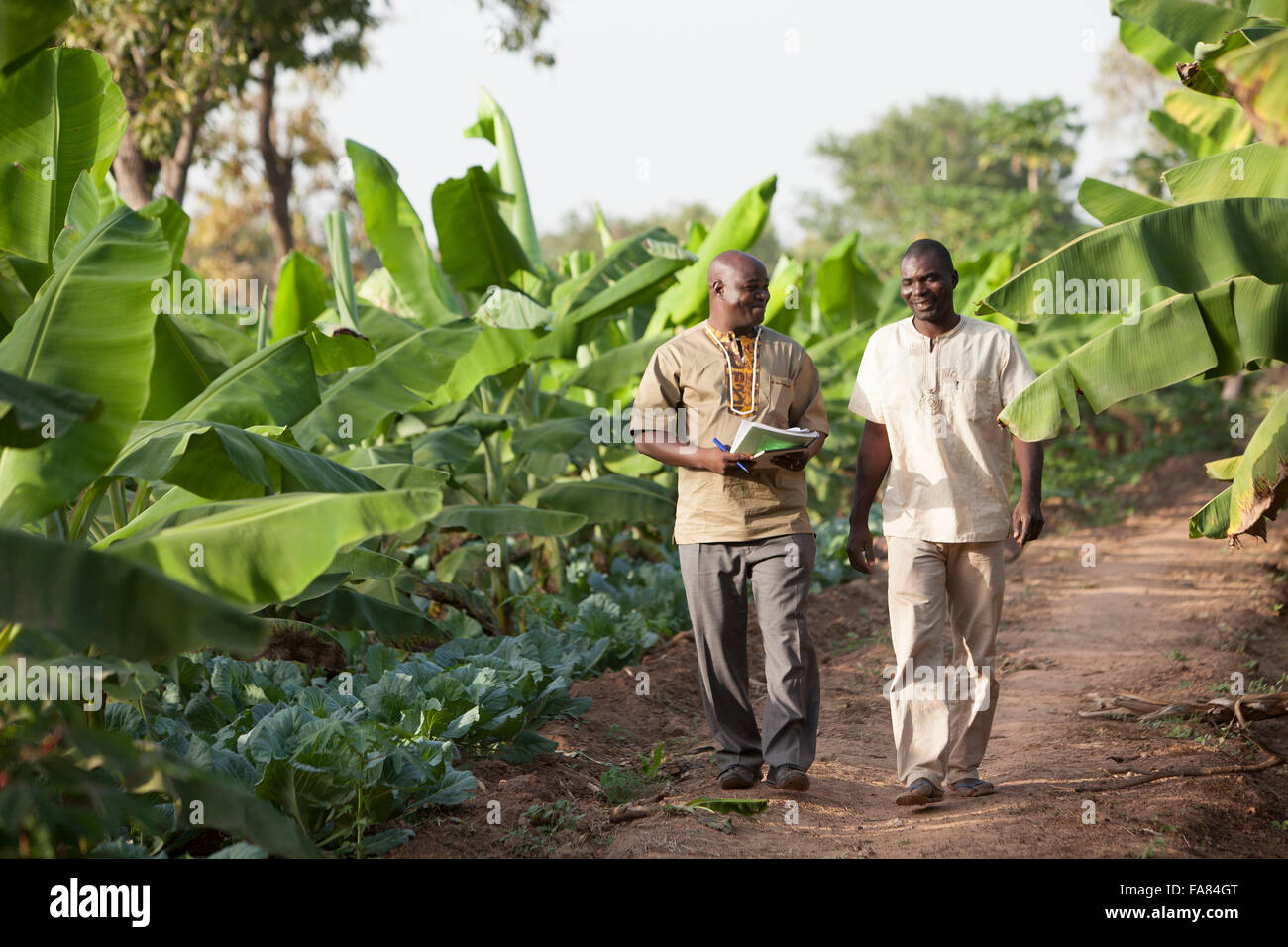Exploring the Distinctions In Between Commercial Farming and Subsistence Farming Practices
The duality in between commercial and subsistence farming methods is marked by varying purposes, operational ranges, and resource usage, each with extensive implications for both the environment and society. Commercial farming, driven by profit and effectiveness, usually employs innovative technologies that can bring about considerable ecological problems, such as dirt degradation. Conversely, subsistence farming stresses self-sufficiency, leveraging typical techniques to sustain family needs while nurturing community bonds and cultural heritage. These contrasting techniques elevate interesting inquiries concerning the equilibrium in between financial development and sustainability. Just how do these divergent strategies form our globe, and what future directions might they take?
Economic Purposes
Economic purposes in farming methods commonly dictate the approaches and scale of operations. In industrial farming, the main economic goal is to optimize earnings. This needs an emphasis on efficiency and efficiency, achieved through sophisticated technologies, high-yield plant varieties, and considerable use of fertilizers and pesticides. Farmers in this version are driven by market needs, intending to generate huge amounts of assets for sale in global and nationwide markets. The focus gets on attaining economic climates of scale, ensuring that the price per device output is minimized, consequently increasing productivity.
In contrast, subsistence farming is primarily oriented in the direction of meeting the instant requirements of the farmer's family members, with surplus production being very little - commercial farming vs subsistence farming. While business farming is profit-driven, subsistence farming is focused around sustainability and resilience, reflecting a fundamentally various set of economic imperatives.

Scale of Procedures
The difference in between industrial and subsistence farming ends up being specifically evident when thinking about the range of operations. The scale of industrial farming enables for economic climates of range, resulting in reduced prices per unit via mass manufacturing, raised efficiency, and the capability to spend in technological advancements.
In plain contrast, subsistence farming is generally small, concentrating on producing simply sufficient food to meet the prompt demands of the farmer's household or neighborhood neighborhood. The land location involved in subsistence farming is often limited, with less access to contemporary technology or mechanization.
Resource Use
Source usage in farming practices reveals substantial differences between industrial and subsistence techniques. Industrial farming, characterized by large-scale operations, frequently uses sophisticated technologies and automation to maximize the use of resources such as land, water, and fertilizers. These methods permit improved performance and higher performance. The focus gets on taking full advantage of outputs by leveraging economies of range and releasing sources purposefully to ensure consistent supply and success. Accuracy agriculture is progressively embraced in commercial farming, utilizing data analytics and satellite innovation to check plant health and optimize source application, more boosting yield and source efficiency.
In contrast, subsistence farming operates on a much smaller sized scale, mostly to fulfill the instant demands of the farmer's family. Resource usage in subsistence farming is frequently restricted by financial restraints and a dependence on traditional techniques.
Ecological Effect

Alternatively, subsistence farming, practiced on a smaller range, normally uses traditional techniques that are more in harmony with the surrounding setting. While subsistence farming normally has a lower ecological impact, it is not without obstacles.
Social and Cultural Implications
Farming techniques are deeply intertwined with the cultural and social textile of neighborhoods, influencing and mirroring their values, practices, and financial structures. In subsistence farming, the emphasis gets on cultivating adequate food to satisfy the instant requirements of the farmer's family, typically fostering a solid sense of area and shared obligation. Such methods are deeply rooted in neighborhood practices, with understanding gave with generations, thus maintaining cultural heritage and reinforcing common connections.
Alternatively, industrial farming is mostly driven by market demands and success, often resulting in a change towards monocultures and large-scale operations. This technique can bring about the disintegration of standard farming techniques and cultural identities, as neighborhood personalizeds and knowledge are supplanted by standard, industrial approaches. The focus on performance and earnings can in some cases reduce the social cohesion found in subsistence areas, as financial deals replace community-based exchanges.
The duality in between these farming practices highlights the broader social effects of agricultural choices. While subsistence farming supports cultural continuity and area interdependence, industrial farming aligns with globalization and economic development, typically at the cost of conventional social frameworks and multiculturalism. commercial farming vs subsistence farming. Balancing these aspects continues to be a vital obstacle for lasting farming advancement
Verdict
The examination of commercial and subsistence farming methods Recommended Reading discloses considerable differences in goals, range, resource use, environmental influence, and social effects. Business farming focuses on earnings and performance via large-scale procedures and progressed technologies, often at the cost of ecological sustainability. Alternatively, subsistence farming stresses self-sufficiency, using neighborhood resources and conventional methods, consequently advertising social preservation and area communication. These contrasting techniques emphasize the complex interplay between economic development and the need for ecologically lasting and socially inclusive farming techniques.
The dichotomy between industrial and subsistence farming techniques is noted by differing objectives, functional ranges, and source utilization, each with profound ramifications for both the setting and society. While business farming is profit-driven, subsistence read the full info here farming is focused around sustainability and durability, mirroring an essentially various set of economic imperatives.
The difference in between commercial and subsistence farming becomes specifically noticeable when thinking about the range of operations. While subsistence farming supports cultural connection and neighborhood connection, business farming aligns with globalization and economic growth, commonly at the price of standard social frameworks and cultural variety.The examination of commercial and subsistence farming techniques reveals considerable distinctions in purposes, scale, source usage, environmental influence, and social implications.